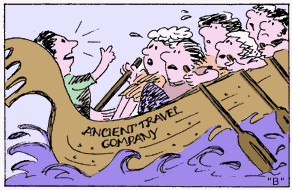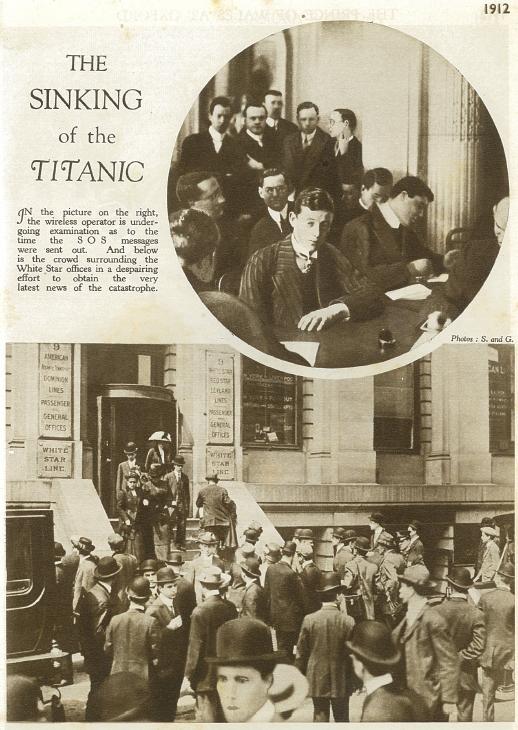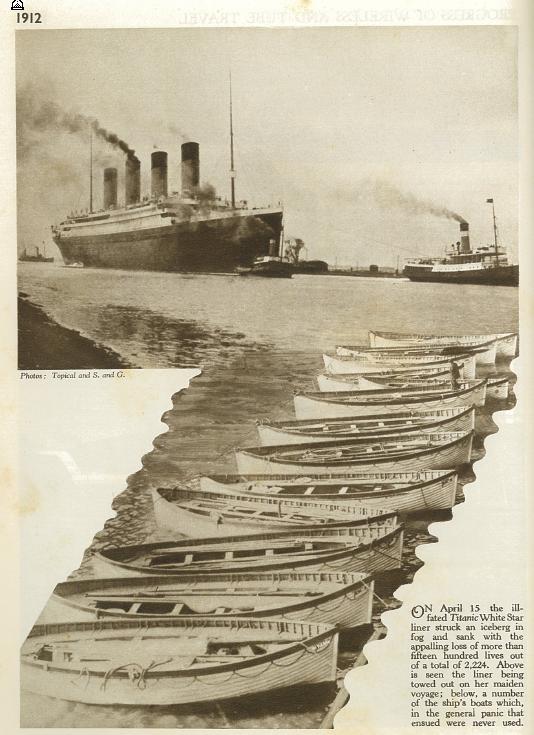
|

Travel Feature Articles
How to start a tour business
in Australia
Text summary of the video above: Are you thinking about setting up as a tour operator or starting a tour business in Australia? There’s a world of opportunity for you to organise safaris in Africa, treks in Nepal, meditation and yoga retreats in Bali and in India; and in Australia, tours of the outback and National Parks, bicycle and motor bike tours along the east coast. Make sure you follow the seven legal essentials: #1 Business Structure Individual name or company? You can operate in your personal name as a sole trader or you can form a company and operate in a company name. The risk you take in operating in your personal name is that if anything goes wrong on the tour you are personally liable. That is why most people set up a company and put the risk of anything going wrong on the tour in the company. Companies cost money to set up and cost money to run but on balance it’s money well spent because tours are full of legal risks. And there are Australian Business registration requirements such as obtaining an Australian Business Number (an ABN) and a possible GST registration. Before you register, you need to choose a business entity such as a sole trader, a company or a company/trust. Then register a business name to trade under, and register it as your domain name. #2 Licences Do you need a licence? Licensing for travel agents and tour operators was abolished in Australia on 30 June 2014. The purpose of the licensing scheme was to operate a Travel Compensation Fund to compensate the public if their travel agent or tour operator misappropriated their travel payments or became bankrupt. Now, travellers need to rely upon their travel insurance to protect against defaults and bankruptcy of travel agents, tour operators and suppliers. That means no Australian licence is required for Travel Agents to book travel or tours for Australians travelling overseas. Of course, IATA accreditation is needed for booking airfares. No Australian licence is required for Outbound Tour Operators to arrange tours for Australians travelling overseas. Inbound Tour Operators require licences to conduct some activities in Australia. There are Tour Operators Licences for tour operators in Victoria, South Australia and Queensland where the tour operator desires to conduct an organised tour or recreational activity for profit on public land (national parks, nature reserves, marine areas). The 'activity' can be bush-walking, trail bike touring, horse riding, canoeing, rock climbing, river rafting and abseiling. In Tasmania, it is called a Commercial Visitors Service Activity Licence. In Western Australia there is a Fishing Tour Operator's Licence. In NSW, there is no Tour Operators Licence - but a permit is still required to use public land for a tour for profit. It is usually a licence requirement to be a member of a trade association. Trade Association membership confers ATAS accreditation. It is also usually a licence requirement to hold Professional Indemnity and Public Liability Insurance of at least $10 million. #3 Business Insurance and Travel Insurance There are 2 types of insurance:
#4 Passports and Visas You must have a valid Australia passport when you’re travelling overseas. When I say valid, I mean it must have at least 6 months validity from the due date of return to Australia. Check the currency of the passports of your tour group. You must have a visa, which is the right to enter a specific country, to enter most countries around the world. Visa requirements vary. There are some countries in Europe, such as Spain, Italy, France and Germany (the Schengen zone) where you do not need a visa to enter, provided you are travelling on an Australian passport and you stay for no longer than 90 days. So if your tour is a cycling tour in Spain or in Italy, the tour group just goes to the entry gate at the airport, presents their Australian passport, and are admitted for 90 days as a tourist. There are countries such as the USA and Canada where you need to have a visa waiver (an ESTA or eTA) before you go. And yet other countries such as India and China, which require a formal visa to be issued by the embassy or consulate of that country before you go. The Australian Government website smartraveller.gov.au has a comprehensive guide to visa requirements. If you don’t have a visa when you’re boarding a flight to a country which requires a visa, you will be denied boarding at the airport. You’ll lose your flight. Visas are not things that can be obtained in an hour or two: sometimes they take up to a week.. #5 Booking Forms and Terms and Conditions How do you protect against traveller claims? Everybody going on your tour must sign a booking form. The booking form will have questions in it such as: Do you have medical ailments? Do you have allergies? Do you have a valid passport? At the end there will be a place to sign and the words “I have read, understood and agree to the terms and conditions”. The terms and conditions (T&Cs) are there to protect you, the tour operator. They restrict the traveller’s right to claim compensation for a whole list of things such as delays, change of itinerary, cancellations. Most importantly, the T&Cs limit or exclude your liability for injury or death on the tour. They give you the right to alter the itinerary or cancel the tour, charge cancellation fees if a traveller cancels, and to vary the price. Activities such as trekking, white-water rafting, mountain climbing, hot-air ballooning, skiing and scuba diving need additional T& Cs because they are ‘dangerous recreational activities’. Terms and Conditions are something I can help you with as a Travel Lawyer. #6 Consumer Law Compliance Consumers have many rights in Australia. You must not mislead consumers when you are giving your itinerary or when you are putting prices, photos and descriptions on your website. Inclusions and exclusions need to be accurately described. Because if your descriptions are not accurate, the consumer has the right to claim a refund and other compensation. As Travel Lawyer, I will vet your website for Australian Consumer Law compliance. #7 Business Name Protection You have come up with this brilliant business name, which nobody else uses. If you don’t take steps to protect your business name, someone else could start using it. So when you come up with your brilliant business name, you check the register to see that nobody else has come up with it and then you register it as a business name. Once you register it as a business name you register it as a Domain name for your website, and then if you have a cute logo you register it as a trade mark. To summarise: to fully protect your business name, you register it as a business name, you register it as a domain name and you register it as a trade mark.
As a Travel Lawyer, I can help you with trade mark
registration. If you want any help contact me.
The Australian Consumer Law Guide for the Travel and Accommodation Industry Disappointed holidaymakers complain about bookings made based on misleading advertising; ask for price reductions for consumer guarantees which are not fulfilled; and ask for refunds for cancellations. If the travel or accommodation provider fails to deal with the complaint, the holidaymaker might take the complaint to a government body. The Guide Drawing upon complaints received and requests received from industry bodies for guidance upon the law, the Australian Competition and Consumer Commission (the "ACCC") has developed An industry guide to the Australian Consumer Law for the travel and accommodation industries (the "Guide"). It has prepared the guide in conjunction with ASIC and the Consumer Affairs / Fair Trading / Commerce Departments of the States and Territories around Australia. The Guide was published on 16 August 2013. The Guide contains general information as well as examples to guide travel and accommodation businesses on their obligations under the Australian Consumer Law. As such, it contains some very useful insights into the current consumer protection policy applied by the ACCC. The Guide highlights three broad areas:
The commentary which follows is based on the Commonwealth of Australia material in the Guide. The Guide can be accessed on the ACCC website. Travel Advertising The ACCC requires single pricing advertising, also known as component pricing. There are two aspects:
The ACCC has identified advertising practices which could mislead or deceive the traveller. For example:
Illustration Photos of a deluxe two-bedroom suite on a hotel's website show separate sleeping areas, but when the guests arrive, they are shown to a room with two beds right next to each other. The cost is $500 for a room upgrade with separate sleeping areas. The ACCC's advice is that the hotel would need to provide the room upgrade at no extra cost for the website, otherwise the website would be misleading. As a rule, the ACCC advises that the supplier should: warn of the possibility that some rooms have substantially different layouts or views; include tags or titles on the photos of the room type shown on the website; and clearly disclose if a quality 'star' rating advertised is self-rated. These items should appear on the marketing material – the website, the print advertisement, the brochures, and be available at the time of booking. Consumer Guarantees The ACCC provides these examples in the guide:
Illustration An accommodation supplier accepts a booking from a family, with a baby, and a baby’s cot is requested. The ACCC's advice is that if the cot is not provided within a reasonable time after arrival, the consumer may terminate the booking and ask for a full refund, or choose to accept a price discount.
Illustration A voucher is purchased as part of an online buying group for six nights' accommodation in a 'beach view' room at a resort, valid for use within 12 months of purchase. One month later, a booking is attempted, and no 'beach view' room is available for the times requested, or at any time within the 12 months validity period. The ACCC's advice is that this is a major failure, and as a result, the resort is liable to provide a full refund, unless the consumer agrees to accept an alternative room, with any necessary price adjustment. Similar issues arise where there are 'hidden extras' to be paid for, such as meals, if the impression given is that they are included in the price. Refunds for cancellations Travellers will usually be entitled to a refund of the price paid if the supplier cancels the travel or the accommodation. In some circumstances, if the traveller cancels, they will be entitled to a refund. The ACCC is
concerned about cancellation fees
charged by the travel and accommodation
industry where a refund is to be made.
The ACCC recommends a clear cancellation policy be included in the booking conditions, which should provide for:
The ACCC gives examples of natural disasters, such as brushfire or floods, where the accommodation has been destroyed, access roads have been closed, or access to an area is unsafe. The ACCC's advice is that the traveller is entitled to a refund, subject to any reasonable expenses incurred. The ACCC recognises that holidaymakers are not entitled to a refund due to poor or less than ideal weather, such as no snow at a ski resort, and rain at a beach getaway, unless there is a specific contractual term which covers refunds.
The ACCC's advice to accommodation suppliers on the amount of the cancellation fee to be charged is that they are entitled to keep a deposit of up to 10% of the total price of the accommodation. If the supplier desires to retain any more, the supplier must justify it based on actual or reasonable costs incurred, and take into consideration its ability to re-book the accommodation at the same time at the same price. The ACCC provides some advice on debiting credit cards - if the cancellation fee is to be debited from a credit card, then the consumer must be advised of this possibility at the time of booking. Also, the refund is not to be by way of a credit note unless the consumer agrees.
Circumstances to be covered for transfers or modifications might include - if the new date is in high season and is more expensive, if the consumer makes repeated requests for new dates, and if the request relates to a function, such as a wedding, to be held on the premises. The consumer must be given the right to a refund, if the consumer is requested to pay extra costs because of the transfer or modification. The consumer will need to be compensated for their loss if the cancellation is the initiative of the supplier. Conclusion The Australian Consumer Law protects consumers who purchase travel and accommodation services for personal use to any value - even a luxury cruise. It also protects businesses if the cost is up to $40,000. Travel and accommodation businesses need to review their advertising and their booking conditions to ensure they comply with the Australian Consumer Law, as outlined by the ACCC in the Guide. They also need to exclude liability for consequential or associated loss, and may limit liability for personal injury if they are a recreational service provider. The Guide should be read in conjunction with - The Australian Consumer Law Guide for the Rental Cars Industry, published by the ACCC.
EXTRA CHARGES FOR FLYING: HOW AIRLINES ARE PROFITING
Budget airlines have a business model in which they charge separately for everything - it is called component pricing. The air traveller pays the basic air fare for a standard seat on the plane. The passenger pays extra service charges for anything extra. Australian budget airlines are ‘world-class’ in charging for extras. Tigerair ranks 6th in the world with 23.6% of its income being ancillary revenue in 2013. Jetstar ranks 7th in the world with 20.6% of its income being ancillary revenue in 2013. For Jetstar, this was $US31.60 per passenger per flight. If it wasn't for ancillary revenue, we wouldn't be making money in our business at the moment. It's that important. according to Bruce Buchanan, former Jetstar Group Chief Executive (2011). The ACCC has taken an interest to compel airlines to disclose one of these extras - the on-line booking fees up front, when the air fare is quoted. In June 2014, the ACCC took action against Jetstar and Virgin to bring forward the disclosure of their on-line booking fees of $8.50 for Jetstar and $7.70 for Virgin from the last screen in the on-line booking process where payment is requested to an early screen where details of the air fare are displayed, in the interests of greater ‘price transparency'. The ACCC has succeeded and the on-line booking fees are now disclosed with the air fare. But has the ACCC gone far enough? Should the ACCC force airlines to avoid misleading the travelling public by displaying the other extra fees early in the booking process and on their websites, rather than allowing the airlines to ‘drip price’ these?
The
first and second class passengers had easy access to the
Boat deck by staircases and elevators. The third class
passengers had to take a more difficult route to reach the
Boat deck – they could take staircases to the C deck, and
then reach the Boat deck by ladders on the port and
starboard sides, or pass through emergency doors to a
passageway and then take stairs to the Boat deck. Shortly
after midnight, Mr Thomas Andrews, the Managing Director of
Harland & Wolff, the builders of the Titanic reported to
Captain Smith that it was a mathematical certainty that the
ship would founder. The stewards were ordered to awaken each
passenger and to tell them to come to the Boat deck dressed
in a life jacket. Under order of ‘women and children first’
the lifeboats began to be filled and then lowered from 12:45
am until 2:05, by which time all 16 lifeboats and 2 of the 4
collapsible boats had been lowered. The lifeboats were just
over half filled when launched. Out of 1,178 places
available in the lifeboats only 706 were filled. Today, countries around the world have laws for safety on
shipping, and international conventions extend these laws to
sailing on the high seas. |
|||||||||||||||||||||||||||||||||||
|
© Copyright 2022 Cordato Partners |
||||||||||||||||||||||||||||||||||||

